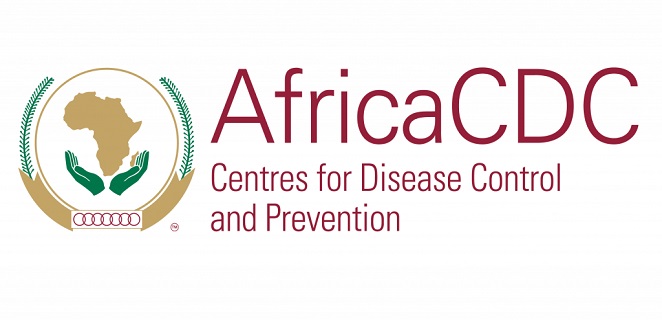ZIMBABWE is currently relying on a 13 year old Non Communicable Diseases (NCDs) risk factor survey despite the fact that new NCDs have developed over years while some have mutated into deadly ailments which have resulted in loss of millions of lives over the past few years.
By Michael Gwarisa
Briefing Journalists in Chinhoyi recently, Deputy director NCDs in the Ministry of Health and Child Care, Dr J Mudavanhu said a survey of such kind is supposed to be done after every five years and requires financing to the tune of $1, 5 million but lack of funding had hampered progress.
“The last NCDs survey was done in 2005, this survey is done through technical support from the World Health Organisation (WHO) and it’s supposed to be done every five years. So when are looking at the prevalence of the risk factors and the data I was giving you was for 2005 when I said hypertension is 30 percent.
“But however, the percentage of the risk for NCDs could be higher than the statistics of 2005. The reason we couldn’t do that is because of lack of finance, we are however going to do the next one after the elections at a budget of $1.5 million,” said Dr Mudavanhu.
A non-communicable disease is a disease that is NOT transmitted by another person, a vector, or the environment. You cannot pass it on to someone else. These diseases tend to come from inheriting a bad gene, environmental factors, or lifetime of poor behaviors. These diseases include Diabetes, Heart Disease, and Cancer.
According to experts, a risk factor is an aspect of personal behavior or lifestyle, an environmental exposure, or a hereditary characteristic that is associated with an increase in the occurrence of a particular disease, injury, or other health condition. Some diseases have a higher prevalence, or likelihood to occur, in certain groups of people. This could be due to any risk factor that the group shares.
“Among both men and women, most deaths globally are due to no communicable conditions. However, most NDCs are linked to the lifestyles we lead on a daily basis and most of these fan be avoided.
“Modifiable Risk Factor means a behavioural risk factor that can be reduced or controlled by intervention, thereby reducing the probability of disease include physical inactivity, tobacco and drug use, alcohol use, unhealthy diet (increased fat and sodium, with low fruit and vegetable intake)”
A risk factor that cannot be reduced or controlled by intervention include Age, Gender, and Genetics.
Meanwhile, the proportion of people who die prematurely from NCDs is highest in poorest countries. In poor countries, the mortality rate as a result of NCDs is 60 percent, while in lower middle income countries its 57 percent, upper income middle income counties its 39 percent and high income countries29 percent.
However, for Zimbabwe Manicaland province tops in NCDs prevalence and experts are yet to get to the factor behind such a spike in lifestyle diseases.




